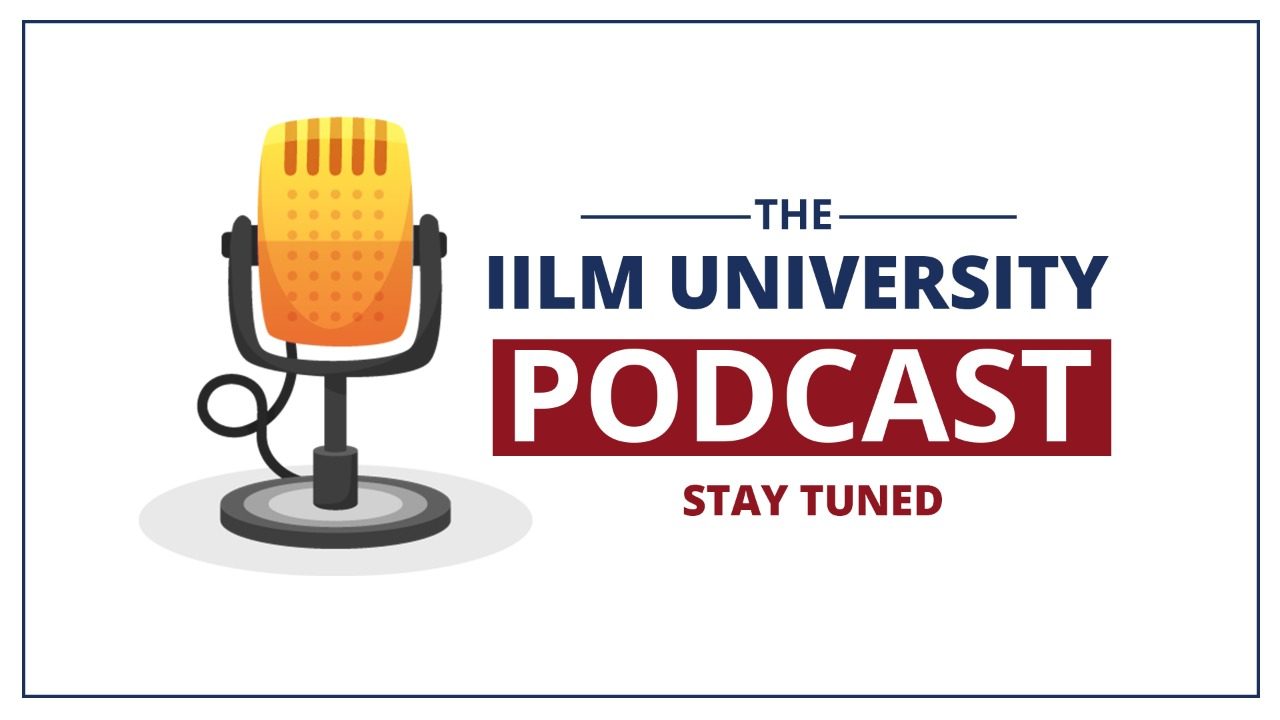For the world’s most beloved brands like Apple and Ikea, Design thinking has been the reason behind their intentional and human-centric products. Design thinking encourages the business to be more empathetic in their approach in rendering a solution/product by putting themselves in the customer’s shoes to understand the needs, desires, and potential problems. It is about providing a solution by visualising the product, telling a story rather than selling a feature.
To explain, I will share two real stories.
The first one is about the company GE Healthcare*
Those of you who have undergone an MRI Scan or got it done for a family member would know that the scan machines, however sophisticated they look, have the ability to scare. Having an MRI Scan is generally not a pleasant experience for adults, let alone children. Children often struggle to stay still during the process (often crying) given the frightening experience. The Chief Designer at GE Imaging Machines was shocked by this and felt as though something had to change. By applying Design Thinking, he decided to observe children going through the scanner while also having conversations with not just children but doctors and educators. Through the conversations and observations, he found that rather than being seen as an elegant piece of technology, the MRI Scanner was considered to be a scary machine by young children. As a result, CT Pirate Island Adventure was created. The MRI scanner was made to look like a pirate ship and it transformed the traumatic experience into a kid’s adventure story where the patient had the starring role. This transformation brought about a dip in sedation of children prior to the scan by 70% Another story is about Starbucks*. The food and the beverage industry were experiencing a drop in sales and poor margins. Starbucks decided to interview hundreds of customers to better understand what they expected from their coffee shops. Through the insights gained from these interactions, it was evident that the customers were expecting an atmosphere and ambience that gave them a sense of belonging and relaxation. As a result, Starbucks positioned round tables strategically to make solo coffee drinkers more comfortable and less self-conscious.
Design thinking is a process that helps us to solve complicated business problems. The concept of Design Thinking questions the prescribed process and steers the designer to be conscious and mindful of the methods that help to get him/her unstuck. It requires a drastic change in mindset to ensure successful application and that itself is a difficult task. The mindset that needs change are about answers that are not clear from the start, the failures that are powerful tools for learning, the focus on human centricity and making the iterative process a way of life for unexpected solutions.
Some of the strategies or mindsets that can help to apply design thinking are :
Human Focus: Your customers are not sheer numbers and therefore it is an imperative to understand their feelings, hopes, fears, and unique stories. Once you get to know and empathize with them, you may think of your product/solution and how you market it, in a completely different light. Ethnographic research and quantitative market research will set your intuition for informed decisions.
Flare-And-Focus: In design thinking, using divergent thinking, or “flaring,” helps to discover opportunities and explore ideas. This helps to broaden the base of thinking and consider different stories before arriving at a solution. Once you have a variety of themes or concepts, using convergent thinking or “focusing,” helps to narrow down choices and make informed decisions. Using flare and focus catalyses your creativity with a focus to deliver the project within time and resource constraints.
Iterative Process Focus: Imagine investing in a big campaign, only to discover that it did not resonate with your customers after having spent so much time and resources on it. For instance in product design, the cost of failure significantly increases further along the process. One of the ways to lower these risks is by constantly testing our hypotheses, by making our concepts tangible and testable with users from the initial stages until the very end. Knowing how to give and receive feedback leads to a culture of openness and constant improvement.
To summarise, I would state that your intention for business changes when you view it through the lens of the customer. In Design Thinking, you solve problems that meet the customer’s need and that for any business is the sole objective of being in business.




